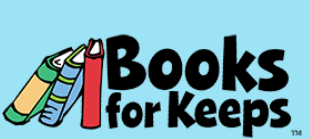
We’ve been celebrating World Read Aloud Day for several years now. In fact, World Read Aloud Day was my first venture into Skyping with other classrooms around the world, and it helped me make connections to so many teachers and librarians that I continue to collaborate with today.

World Read Aloud Day was established by LitWorld as a way for us to celebrate our freedom and right to read aloud. Stories connect us, and when we read aloud together, we make connections between places, cultures, and so much more.
Back in November, I started getting teachers in my school to sign up for World Read Aloud Skype sessions via a Google Doc. I took those time slots and added them to the World Read Aloud Doc that was shared by me and Shannon McClintock Miller. Every year, that massive doc helps teachers and librarians connect classes across multiple time zones around the world to share stories.
As we found connections, I made a plan with each connecting author or educator so that we knew what story we would share. As usual, when the week of World Read Aloud arrived, we had to be prepared for technical difficulties, school closings, and sick children. Even with some barriers in our way, we made many connections this week. Here are a few of the highlights.
Monday 1/28/19
We kicked off the week with Donna MacDonald and her students reading Snappsy the Alligator. I love how this book is perfect for two voices to read aloud.
Ingrid Mayyasi’s students read Be Quiet to my Kindergarten students. It was so great to hear a group of 4th graders become the characters in the story. It really made us see how much this story could become a reader’s theater in the classroom.
Tuesday 1/29/19
Kelly Hincks and I shared Narwhal & Jelly with 2 PreK classes. Kelly’s students sang the Narwhal & Jelly song by Emily Arrow. It was so much fun to see how a story and music could connect us together. It didn’t take long for my students to start singing along and doing the motions to the song.
Kristen Mogavero’s AP English students read aloud a chapter book to our 4th graders. They shared a lot of information about their high school which was a great connection to our College and Career Week coming up next week.
Author Deborah Freedman read the book Shy to our 4th graders. They prepared questions in advance to ask her and learned a lot about why has written several stories about animals and where she gets her ideas.
Our 5th graders did a mystery hangout with April Wathen and her students in Maryland. Since we had older readers, we took turns reading aloud favorite poetry.
Wednesday 1/30/19
We were hit with several weather cancellations this day, but we were able to connect with a very fun class in Texas thanks to Nancy Jo Lambert. Our students read selections from the book Can I Touch Your Hair? This book features poems about race, friendship, and mistakes. Our students had a great time reading together and lots of laughs as we asked each other questions. I think our favorite question from them was “Do you like to eat Mexican food?” We all took a turn to share some of our favorite foods. We hope we can connect together again sometime.
https://twitter.com/ReedyLibrary/status/1090838158407843840
Thursday 1/31/19
One of our connections on this day was with Nikki Robertson in Leader, TX. We both had 1st graders and read the book The Rabbit Listened. This was such a fun story to share for WRAD because it gave us a chance to talk about our emotions and the importance of listening to someone and giving them space when they need it. Students in both places had so many insights on why the rabbit was the one who helped Taylor the most in the story.
Friday 2/1/19
On the official day of World Read Aloud, we connected with 3 different authors. Phil Bildner gave us a sneak peek of one of his upcoming books by reading the first chapter. Anne Marie Pace shared her book Groundhug Day. Angela DiTerilizzi shared her newest book Just Add Glitter.
Each of these amazing authors also answered questions from students about writing (and a few other random things). Getting to step up to the camera and speak directly to an author is such a powerful moment for students. It makes a deep connection between the book we hold in our hands and an actual person in the world.

Every year, I make a Google Tour Builder map of our connections. After each class connects, we add a pin to the map and type in what book we read together. I love seeing the visual of all of our pins connected together because every story we share connects us across the miles with new friends. We learn about what connects us together and also what makes us all unique. These Skype connections remind us that we are not alone in the world and that in every town there are people doing some of the same things we are.
Thank you to every author, illustrator, classroom, and library who made connections this week. Your voices and stories made an impact this week. We look forward to connecting again next year.
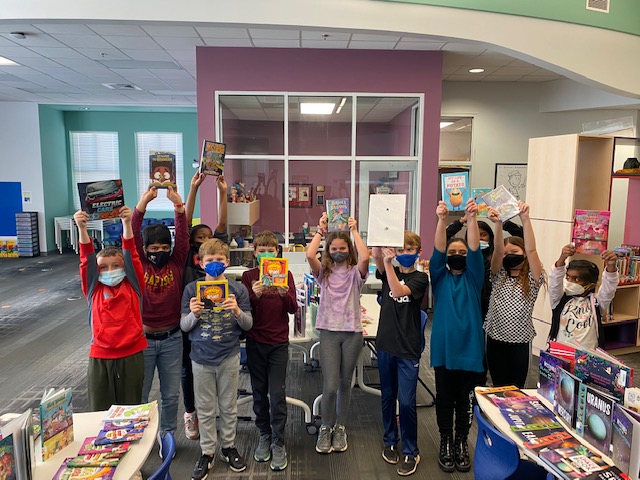
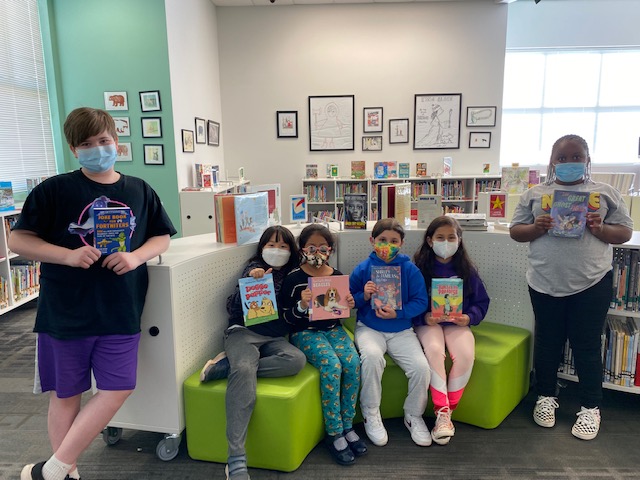


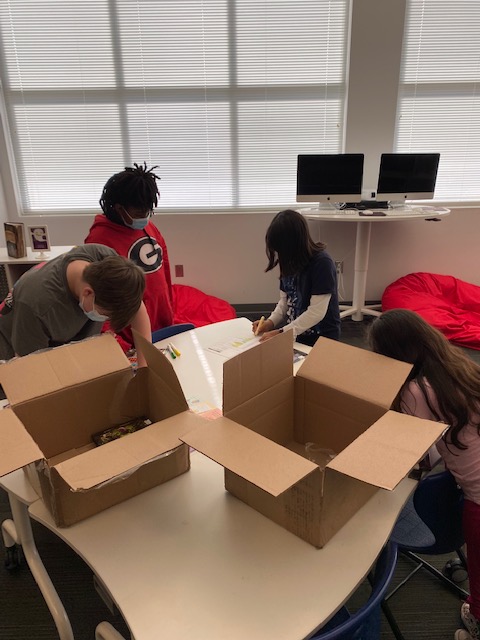
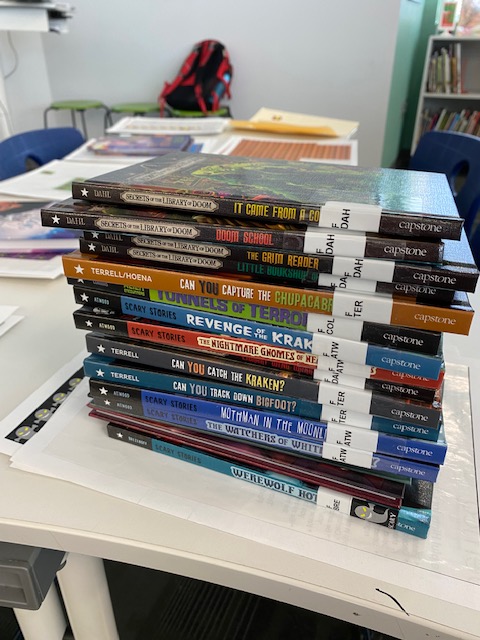
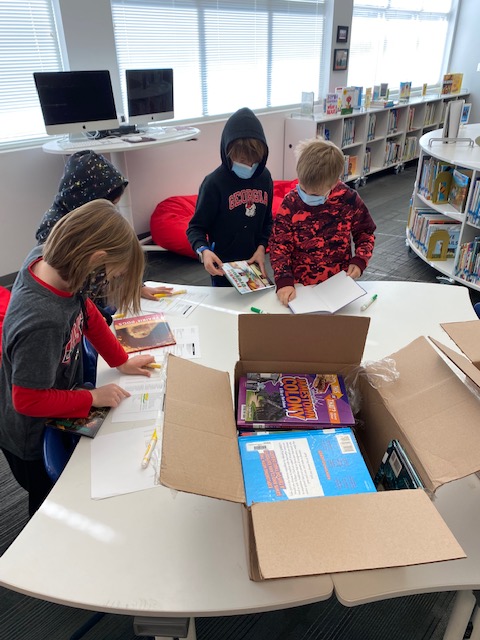
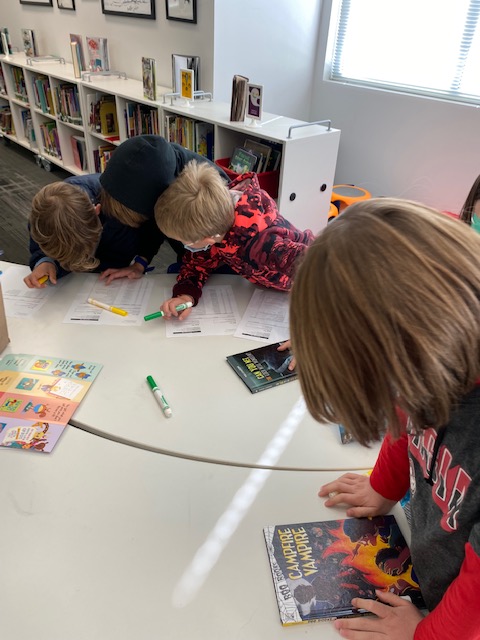
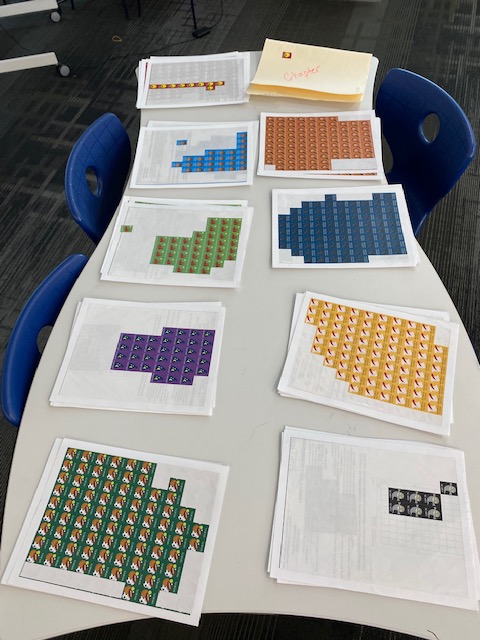
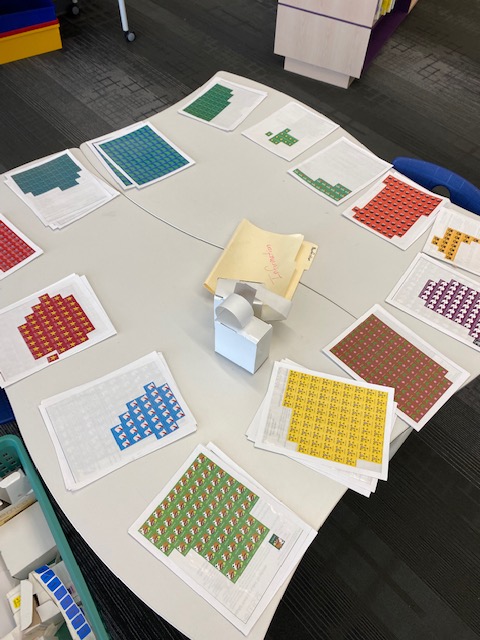
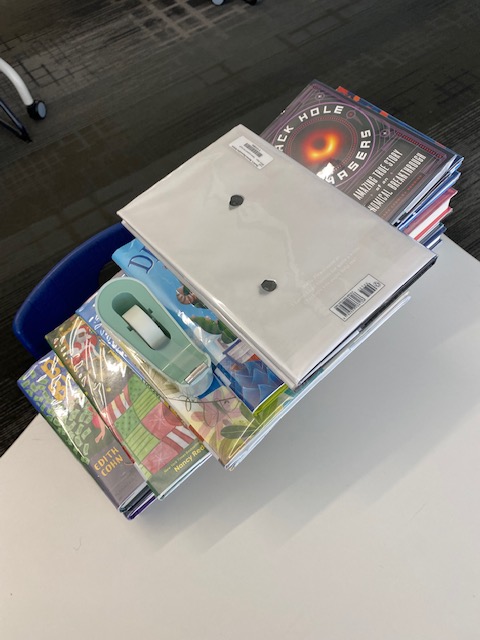
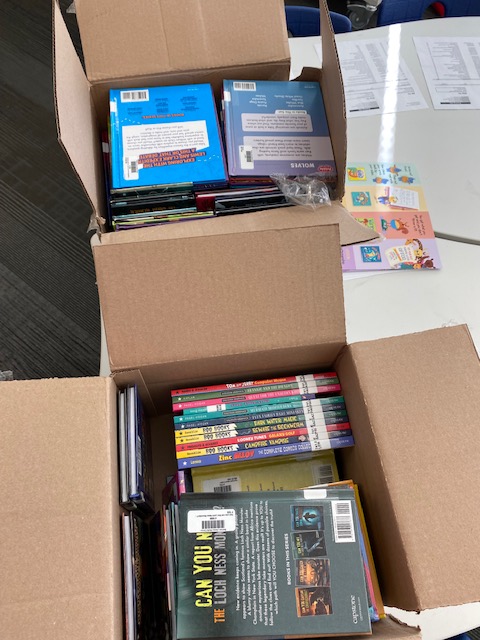
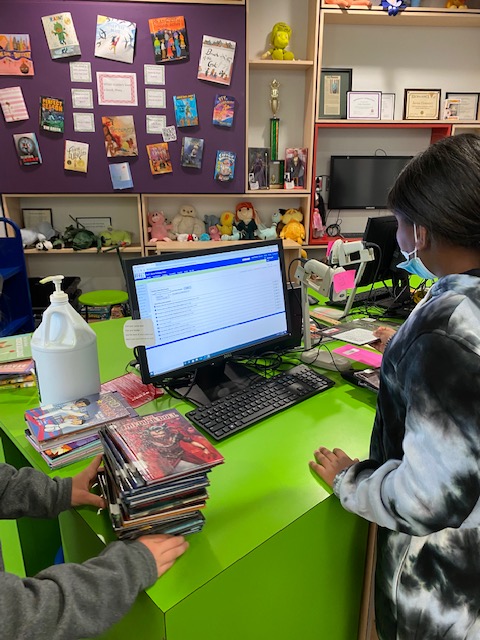

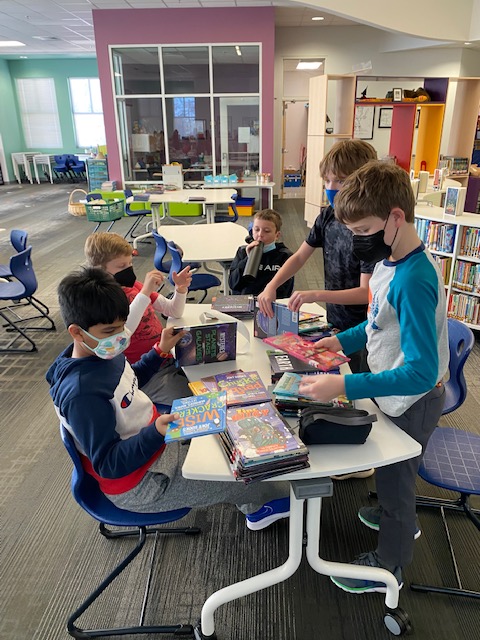

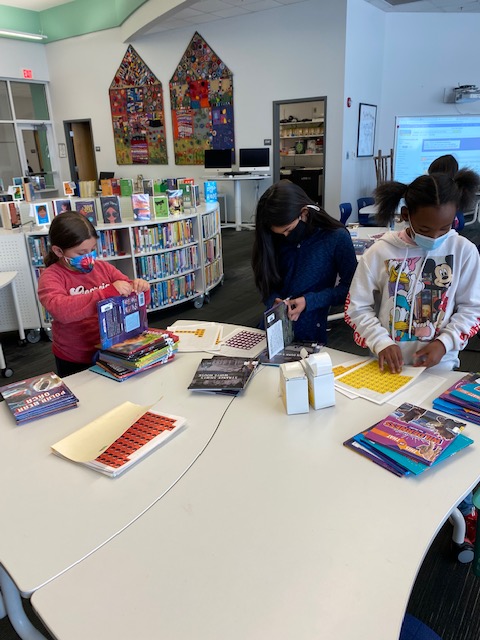
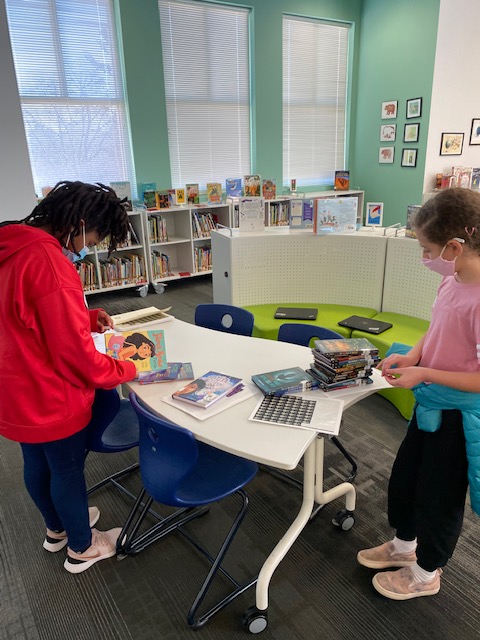
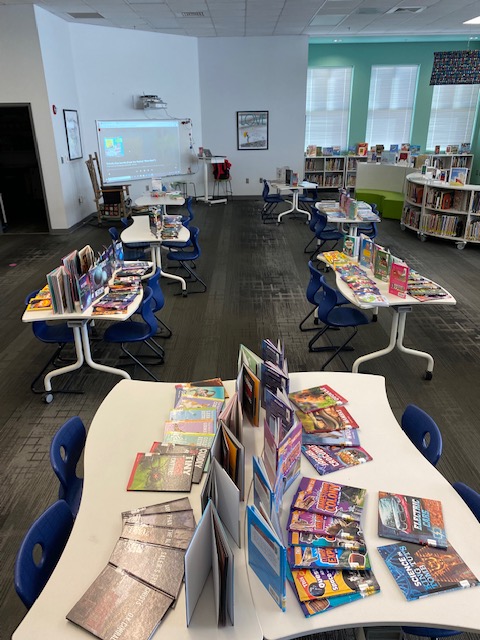
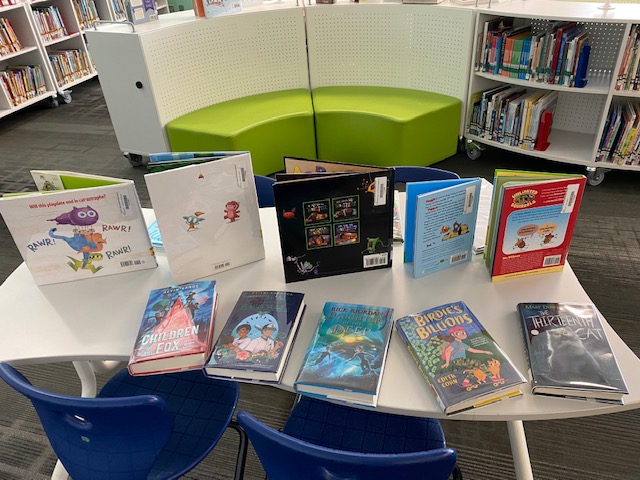


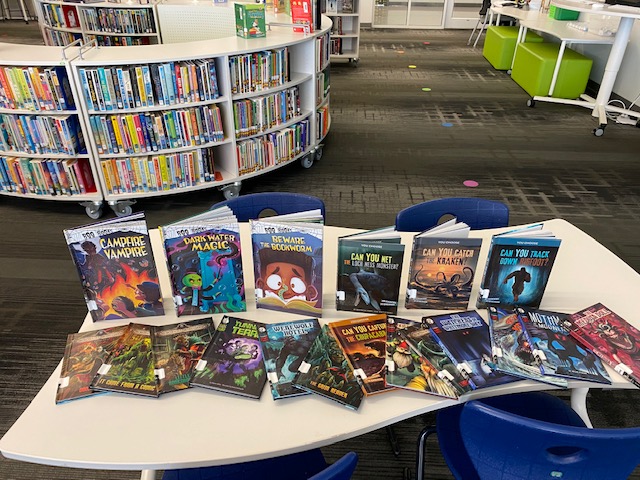
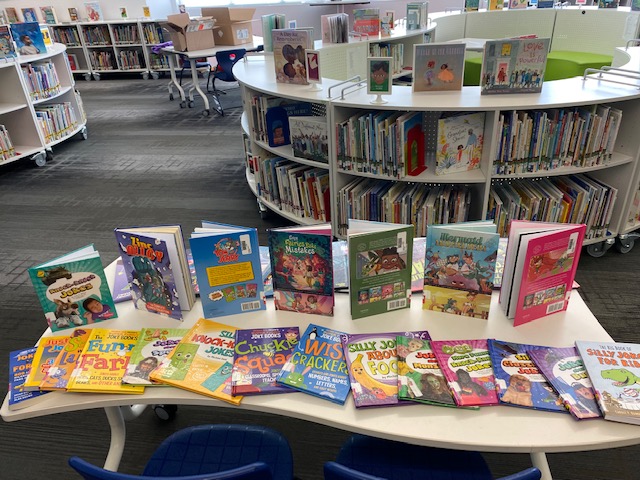
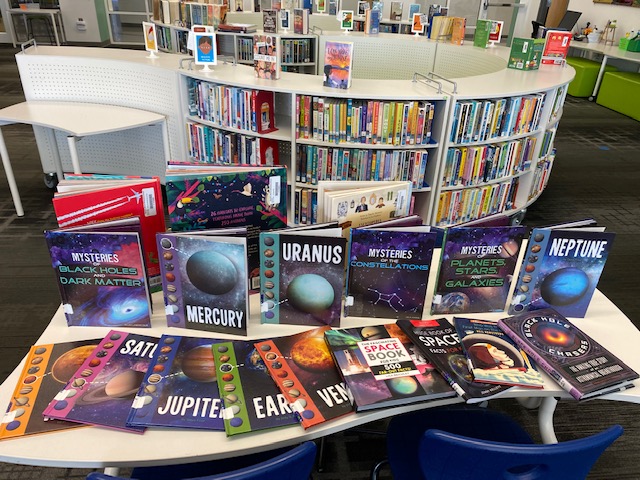
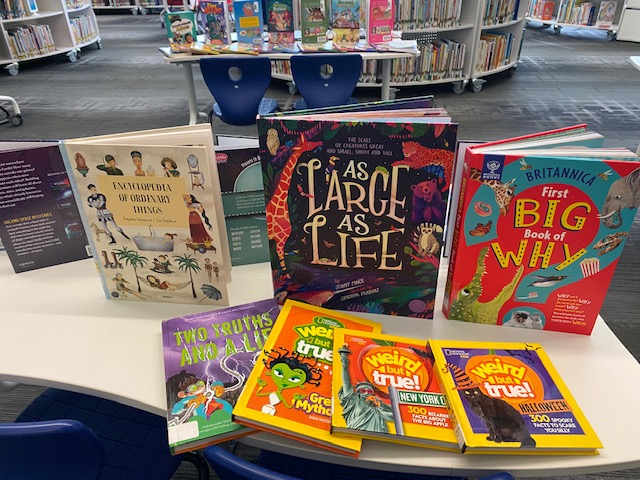
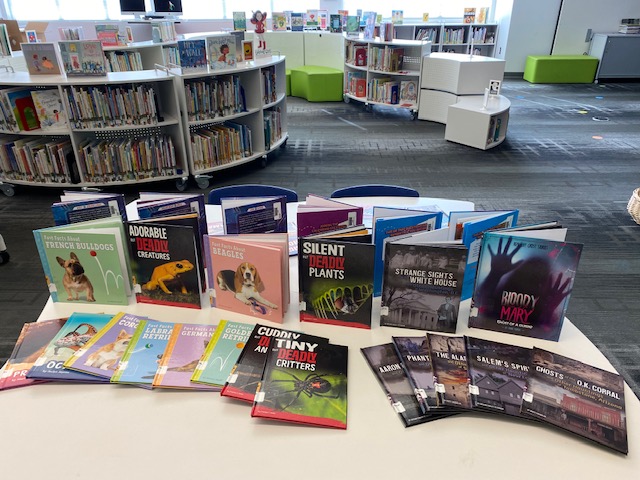

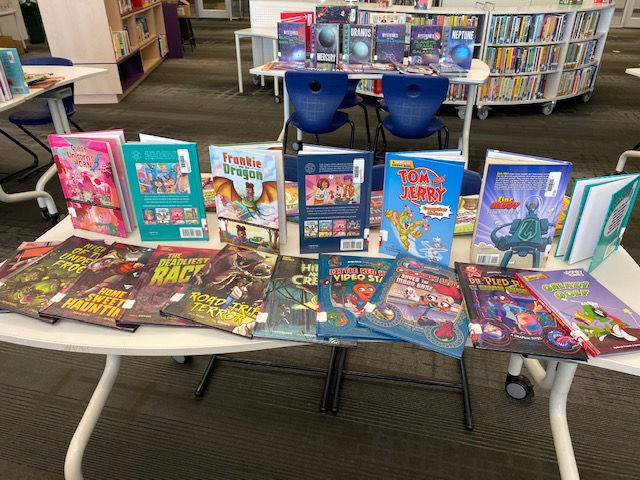

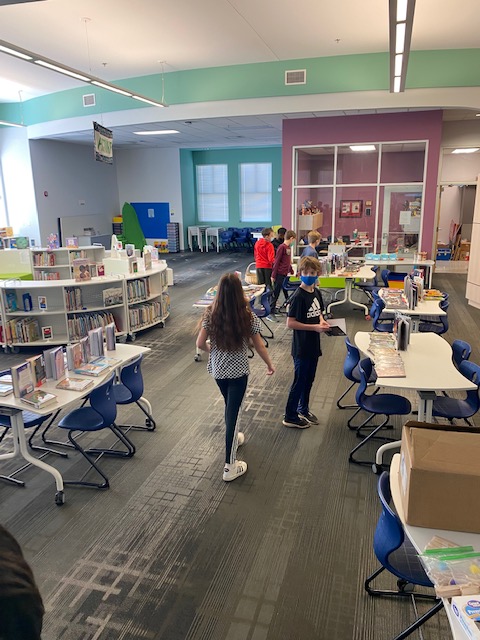
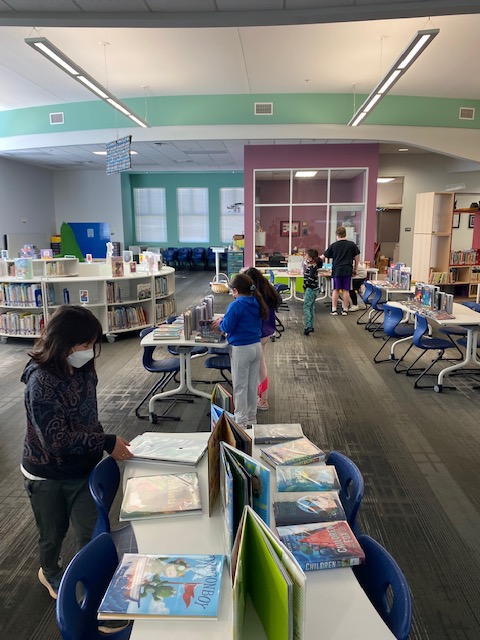
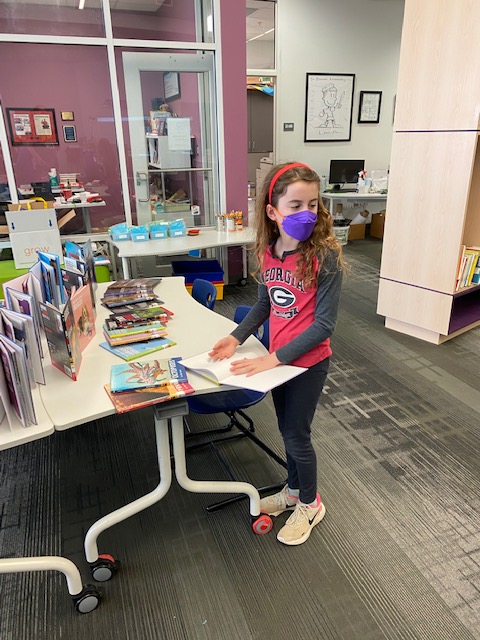
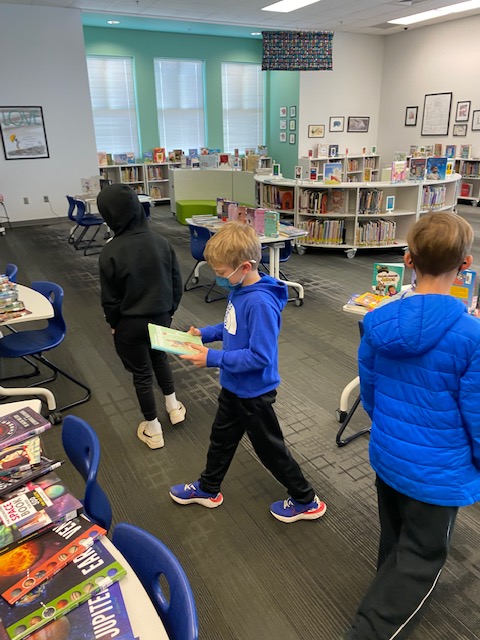



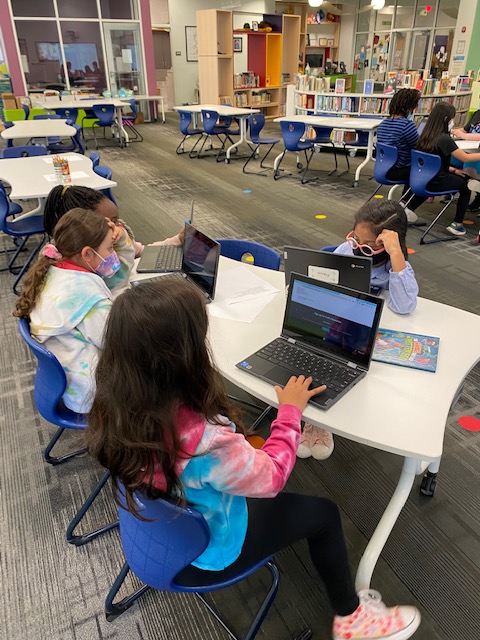


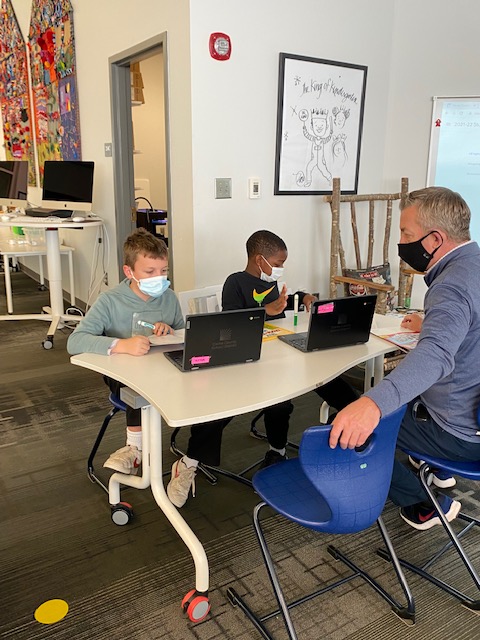

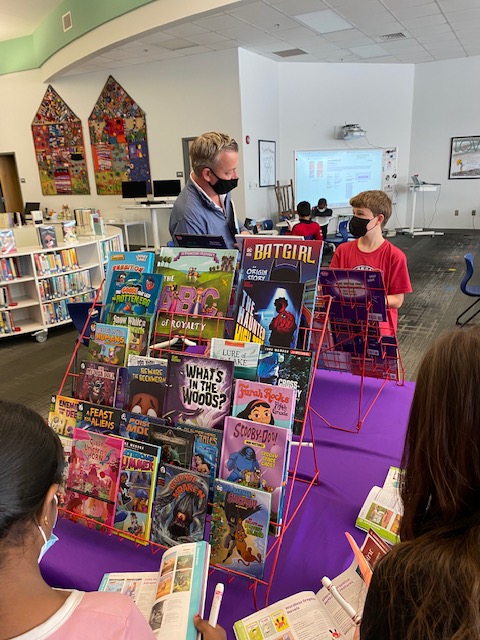












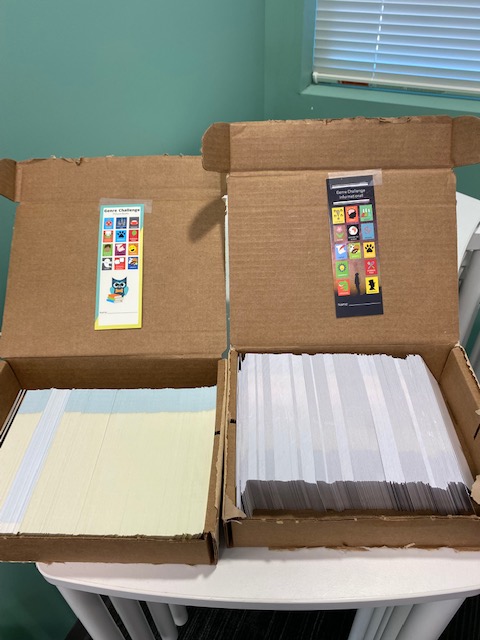
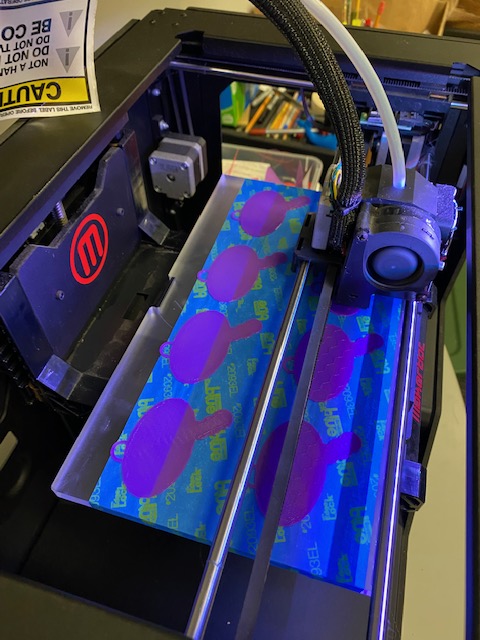
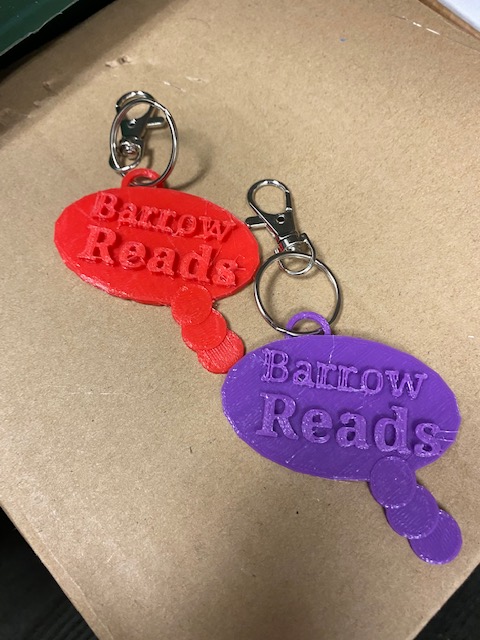

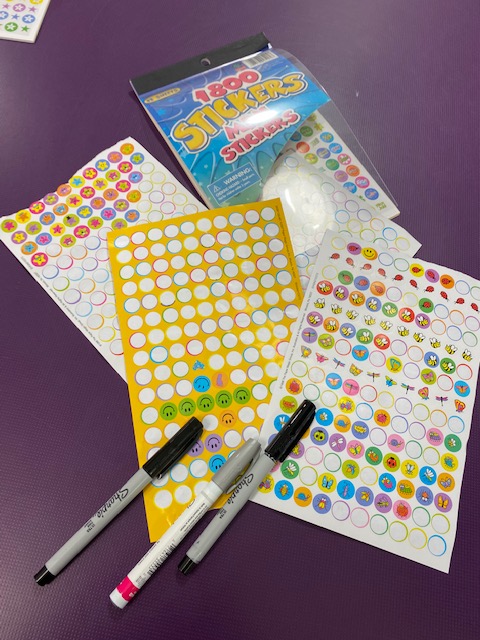


































































 Volunteers also asked students about which book they were most excited about as well as what was missing from the selections. This helps Books for Keeps make purchases for next year.
Volunteers also asked students about which book they were most excited about as well as what was missing from the selections. This helps Books for Keeps make purchases for next year.



























